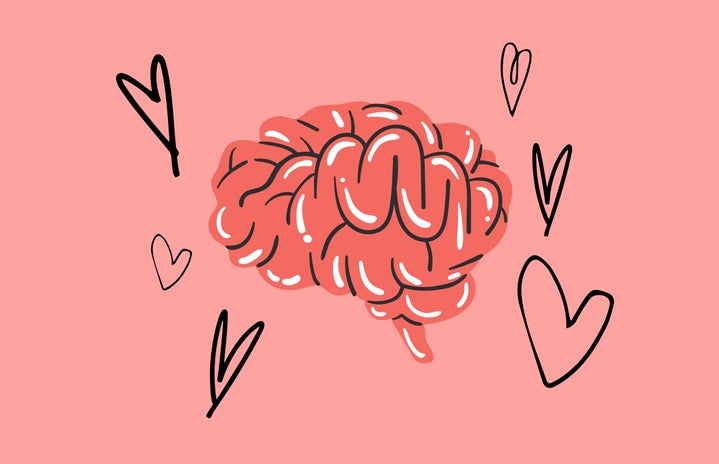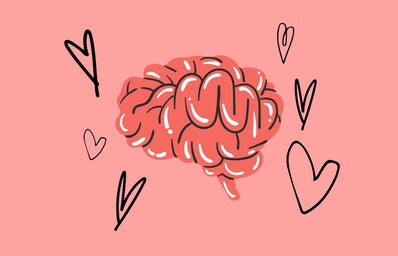Ever since I was young, I had this idea that women were seen as petite and fragile beings. A caring figure whose only response would be a smile, even if the request made was not ideal for her.
For me, crossed legs, straight posture, and fixed hair became a “personal statement.” Yet, it felt like I was copying something I was uncomfortable with — to be somebody I was not.
Was I wrong for feeling that way?
Somehow, I always felt emptiness and rage — as if I was an inflated balloon that no needle could pop. It kept growing and flying further until I finally released the bottom to let it deflate.
Imagine feeling like that every single day of your life, but the answer to not knowing your feelings was defined by your sex. For the longest time, people would refer to my emotions as “normal” since I am a woman. Does that mean we, as women, are meant to be emotional human beings every single day of our lives?
I’ve seen in movies how women are always the ones suffering. I’ve seen princesses unable to deal with their problems, so a prince comes and rescues them. I’ve seen myself not being able to regulate my emotions and crash. Yet what if the answer to all those questions was a psychological diagnosis?
At first, my references were books written by white men for white men. No experience could define my feelings other than being insane. If not, my answers referred to unstable women — until I found bell hooks and radical feminism.
For the first time, I was reading pages of knowledge and insight. For the first time, I felt understood. How come all this rage inside of me was felt by somebody else?
Flipping through creamy white-like sheets, I realized my rage worked like a syndrome. I could see the writer expressing her concerns about racism and sexism being one.
It seemed violent and straight to the point as if the writer had tape on their mouth for the longest time, and they finally got to rip it off, fully knowing their lips could get bruised and the skin would stay on the tape. It was pure, intense, lyrical vomit.
Although I was lost in an ocean of words, my feelings did not only come from generational trauma but a psychological diagnosis of borderline personality disorder (BPD).
Imagine trying to explain to a world where women expressing themselves are targeted as mentally unstable, then add a radical feminist with BPD. It seems even more crazy to anybody’s eyes.
Even though BPD does not define me, it does have a great impact on my life. My brain developed a self-destructive coping mechanism at a very young age.
Life is experienced differently through my eyes. Colours are brighter and darker, happiness is euphoria, and sadness is depression. Yet, that is how I perceived other feminists — beings that had their tongues tied, but their faces expressed more than one emotion.
To me, through the lenses of my disorder, I found my healing: feminism.


